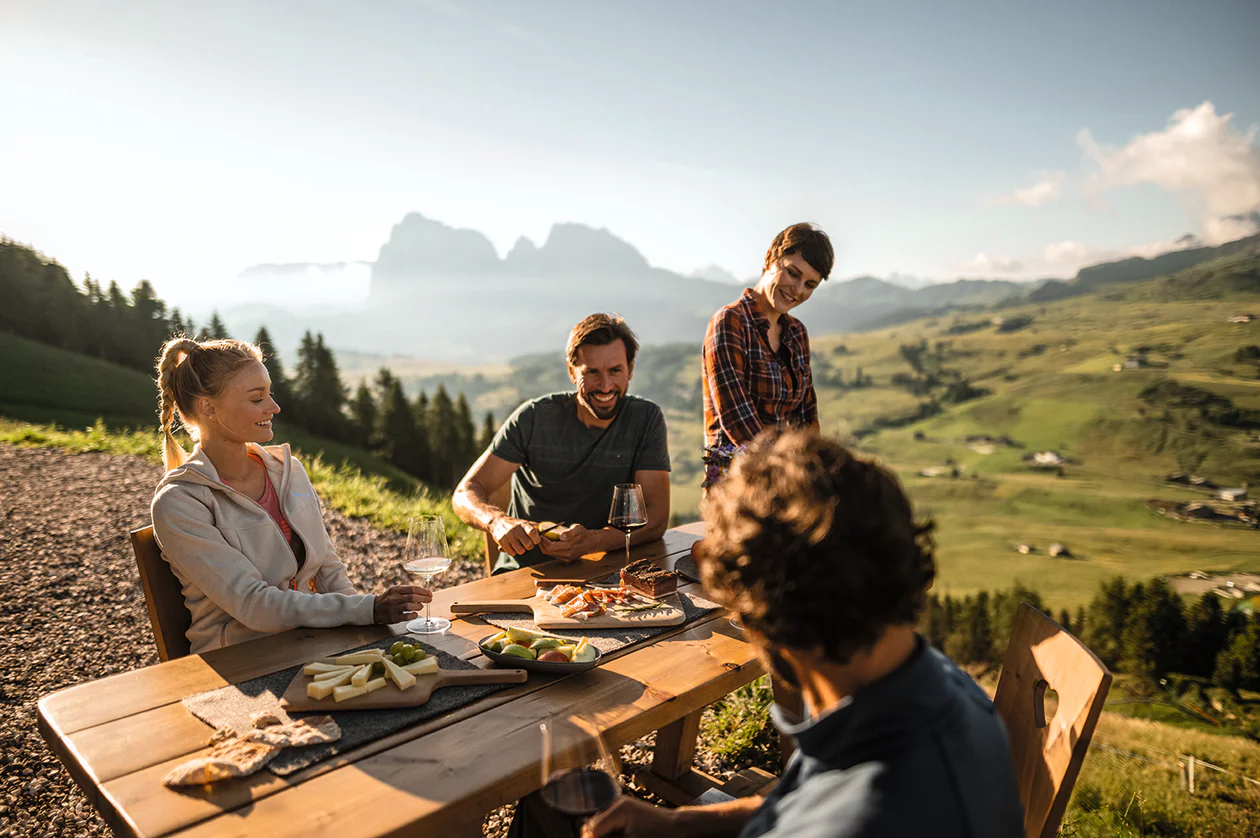Over 1.2 kilometres it will bring you closer to nature and to yourself. Give yourself a moment now to feel your surroundings, and to plunge in the age-old teachings of Father Sebastian Kneipp – a philosophy which today is more relevant than ever before. Along your way, you will be introduced to the five pillars of the Kneipp philosophy.
In the forest, aside from the beauty of nature, there are no distractions, and only the purest of regeneration: The perfect place to familiarise yourself with the teachings of Father Sebastian Kneipp, and to experience them with body, mind and soul. Kneipp’s philosophy is based on five pillars which converge in pursuit of one sole purpose: Health and wellbeing, on all levels. If you take your time and walk the route at a leisurely pace, you will meet with yourself along the way - and discover the lasting effect that Father Sebastian Kneipp’s teachings can bring to your everyday life.






